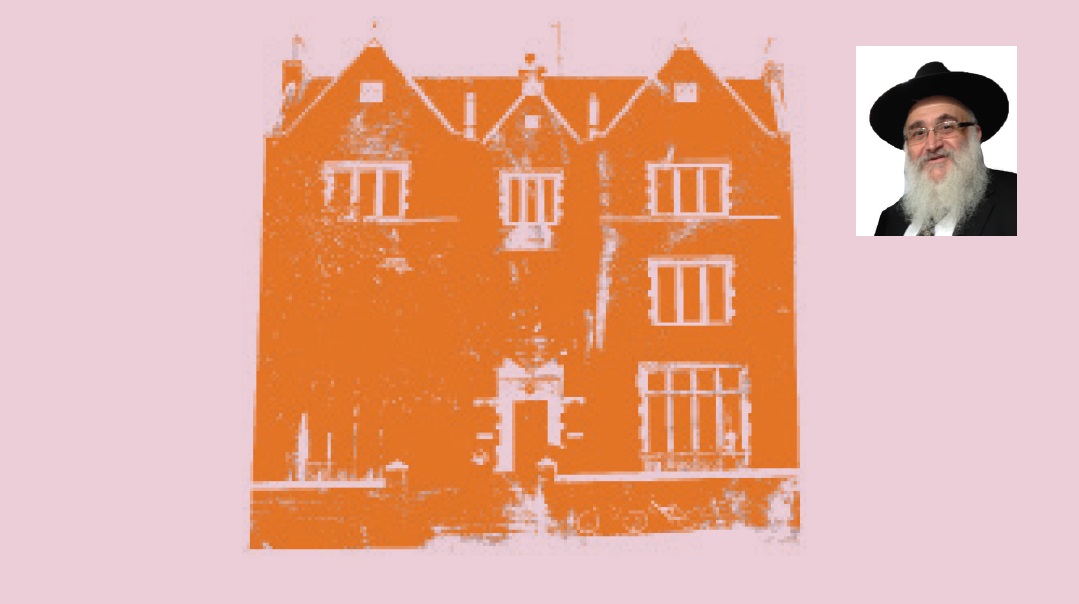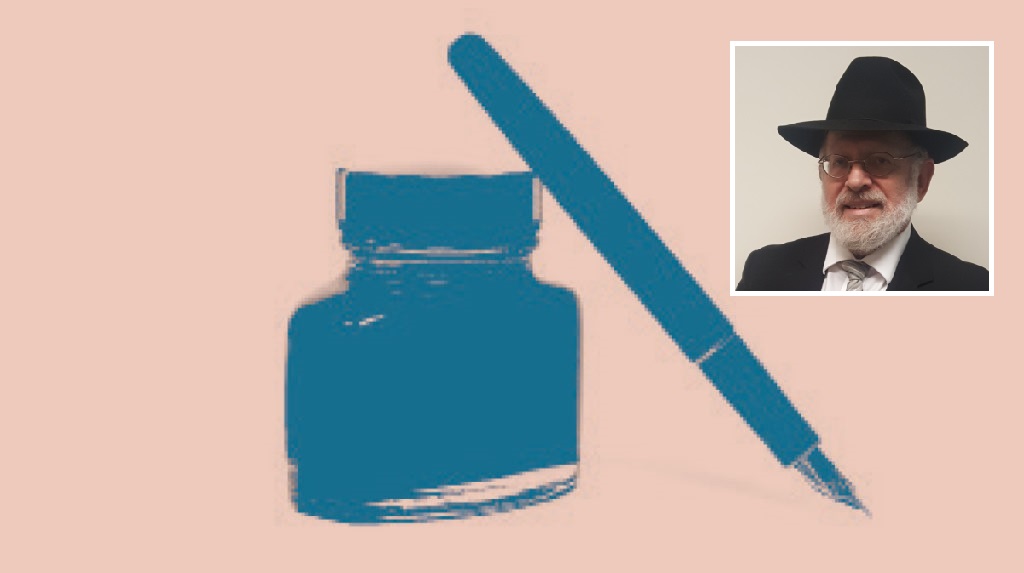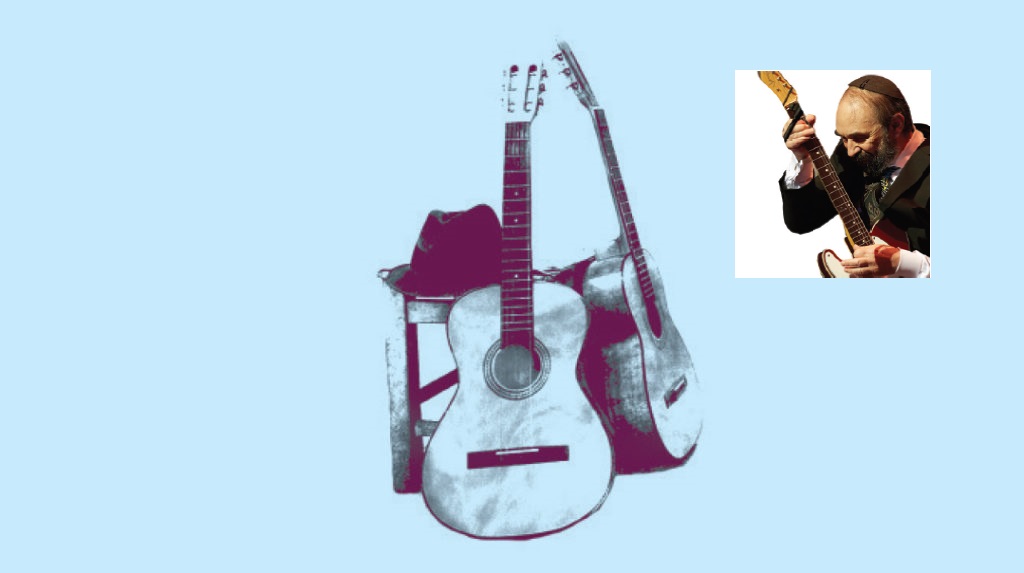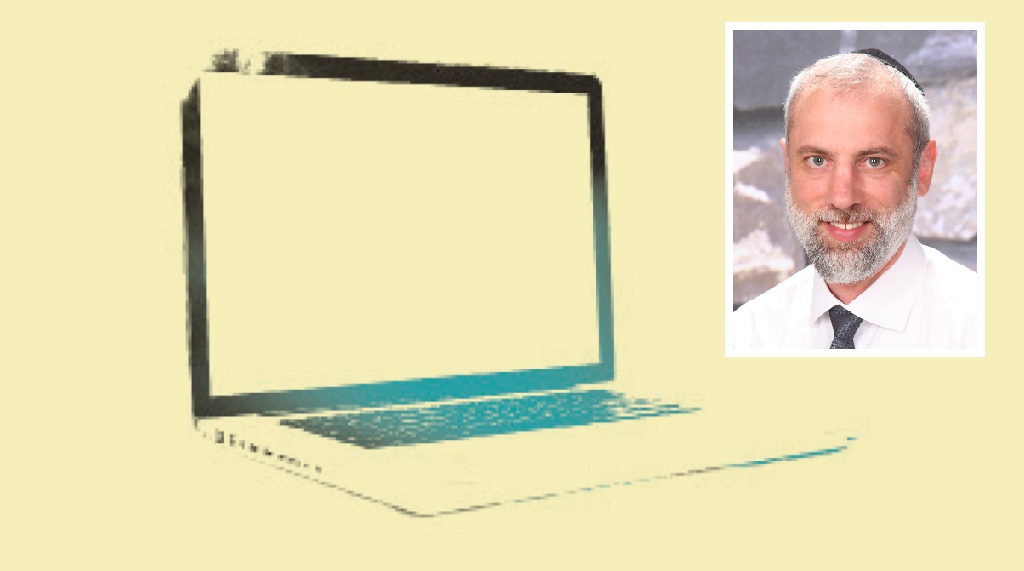Conventional Wisdom
| September 29, 2020Today they’re household names, but it started with a leap of faith: "One by one, the shluchim rose and introduced themselves by name and location. This eventually evolved into the eagerly anticipated roll call at the banquet"

The idea came from a group of shluchim in the summer of 1983. What about getting the emissaries together for a kinnus? Rabbi Yehuda Krinsky, the Lubavitcher Rebbe’s secretary, wrote the Rebbe a note asking about the group’s idea, and the Rebbe was positive about it, referring Rabbi Krinsky to the Merkos committee to discuss it with them.
I was in between jobs at that time, having just returned from a three-year shlichus in Cleveland, and as I’m an administrator type, I was approached by this group to help them put some kind of gathering together.
Today, we all know what the annual convention looks like, but back then, we had no idea how it would come off. We had to decide when, where, and how.
Back in 1983, the only time we were sure that the Rebbe would farbreng on a Shabbos was Shabbos Mevarechim, and we wanted the gathering to be centered around the Rebbe’s farbrengen. So we agreed on Shabbos Mevarechim Kislev (Shabbos Bereishis, Shabbos Mevarechim Cheshvan, was too close to Yom Tov for people to travel).
Now that we’d agreed on a date, the next question was where. Some of the board members felt that besides Shabbos with the Rebbe, the kinnus should be out of New York. They felt that because the shluchim live in far-flung places, when they come to New York, they’re busy shopping, making orders and getting things packed up and shipped, which would be a distraction from the focus on the kinnus. But there was indication from the Rebbe that he wanted the entire event held in Crown Heights, so we stayed there, holding our convention in an office building next to 770.
Oops! We could not locate your form.













